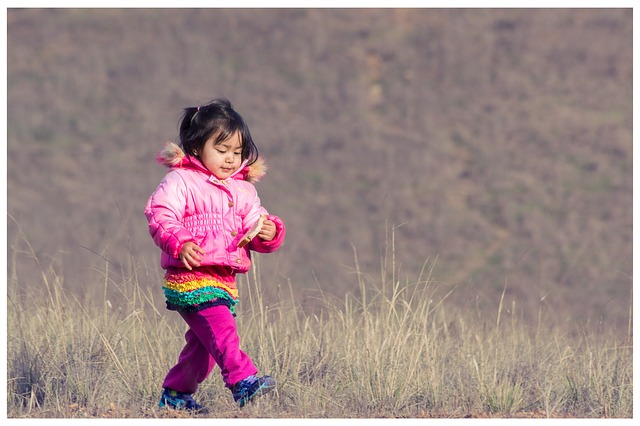Barry Boyce, Editor of mindful.org, suggests that boredom provides the opportunity to free yourself from the need to continually occupy your mind, be productive or entertain yourself.
This idea of savoring the opportunity that boredom provides takes the idea of savoring to another level – to achieve this we need to reframe what we would normally consider to be a negative experience.
Increasingly, in moments of inactivity, we tend to fill up the time by accessing our mobile phone – checking emails, viewing the news, connecting via social media or searching for a store, product or the meaning of a word.
Boredom creates stress for many people because of our need to be “doing” all the time, a need created and sustained by today’s fast-paced world and work intensification.
The boring tasks and situations – washing the dishes, doing housework, waiting for a bus, train or plane – can free you up to engage in some form of meditation or savoring something you experience as positive in your life, such as the development of your child. Some people attach a particular meditation practice to a boring event, e.g. waiting for the jug to boil or waiting for transportation.
Elaine Smookler offers a 5-minute gratitude practice which enables you to appreciate what is good in your life by focusing, in turn, on each of your senses. This puts into practice the exhortation of Jon Kabat-Zinn in his book, Coming to Our Senses: Healing Ourselves and the World Through Mindfulness.
Boredom has many faces and is not a simple concept or experience. However, there is increasing agreement that out of boredom is born creativity – it can provide the stimulus and space for new ideas and ways of doing things. It can also help us to recognise the lack of challenge in our work or life generally, motivate us to change jobs or explore the surplus in our lives.
In boredom there is opportunity – something to savor in a world obsessed with continuous doing and achieving. As we grow in mindfulness, we can reframe boredom, savor the latent opportunity involved and have the presence of mind to utilise our down-time to enhance our meditation practice, develop creative solutions or explore constructive ways to utilise the surplus in our lives.
By Ron Passfield – Copyright (Creative Commons license, Attribution–Non Commercial–No Derivatives)
Image source: courtesy of stevepb on Pixabay
Disclosure: If you purchase a product through this site, I may earn a commission which will help to pay for the site, the associated Meetup group and the resources to support the blog.




